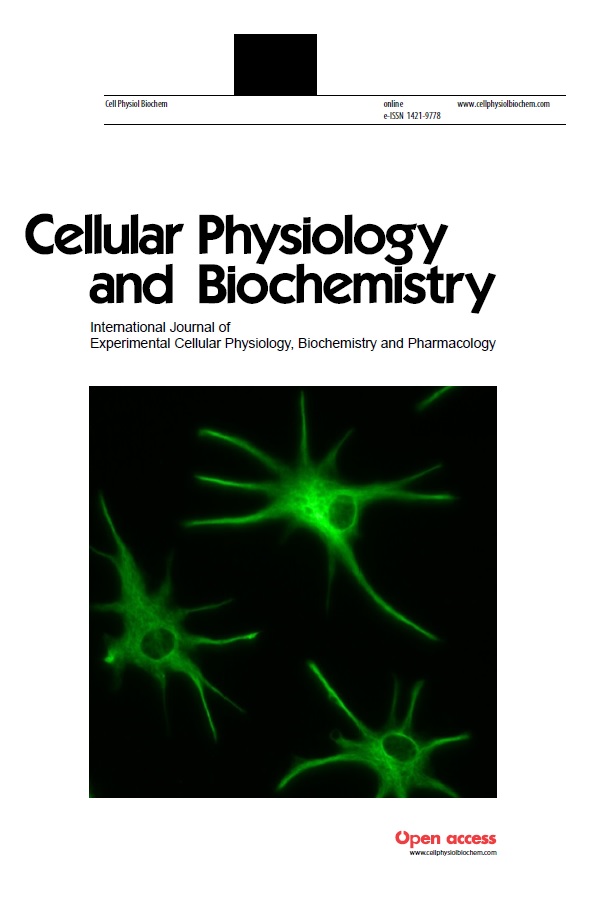
Photo from archive.org
Myofibroblasts are central mediators of fibrosis. Typically derived from resident fibroblasts, myofibroblasts represent a heterogeneous population of cells that are principally defined by acquired contractile function and high synthetic ability… Click to show full abstract
Myofibroblasts are central mediators of fibrosis. Typically derived from resident fibroblasts, myofibroblasts represent a heterogeneous population of cells that are principally defined by acquired contractile function and high synthetic ability to produce extracellular matrix (ECM). Current literature sheds new light on the critical role of ECM signaling coupled with mechanotransduction in driving myofibroblastic activation. In particular, transforming growth factor β1 (TGF-β1) and extra domain A containing fibronectin (EDA-FN) are thought to be the primary ECM signaling mediators that form and also induce positive feedback loops. The outside-in and inside-out signaling circuits are transmitted and integrated by TGF-β receptors and integrins at the cell membrane, ultimately perpetuating the abundance and activities of TGF-β1 and EDA-FN in the ECM. In this review, we highlight these conceptual advances in understanding myofibroblastic activation, in hope of revealing its therapeutic anti-fibrotic implications.
Journal Title: Cellular Physiology and Biochemistry
Year Published: 2018
Link to full text (if available)
Share on Social Media: Sign Up to like & get
recommendations!